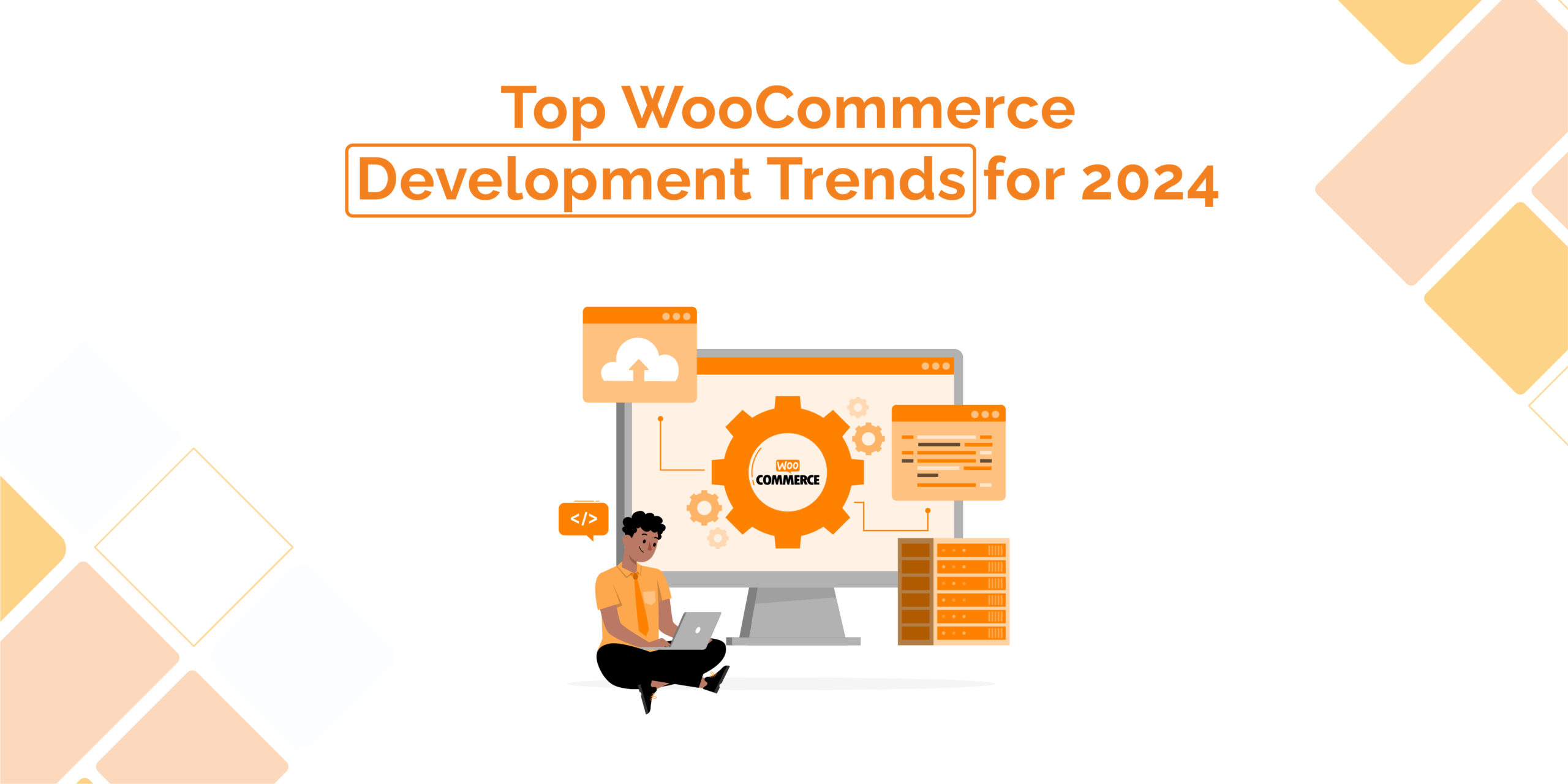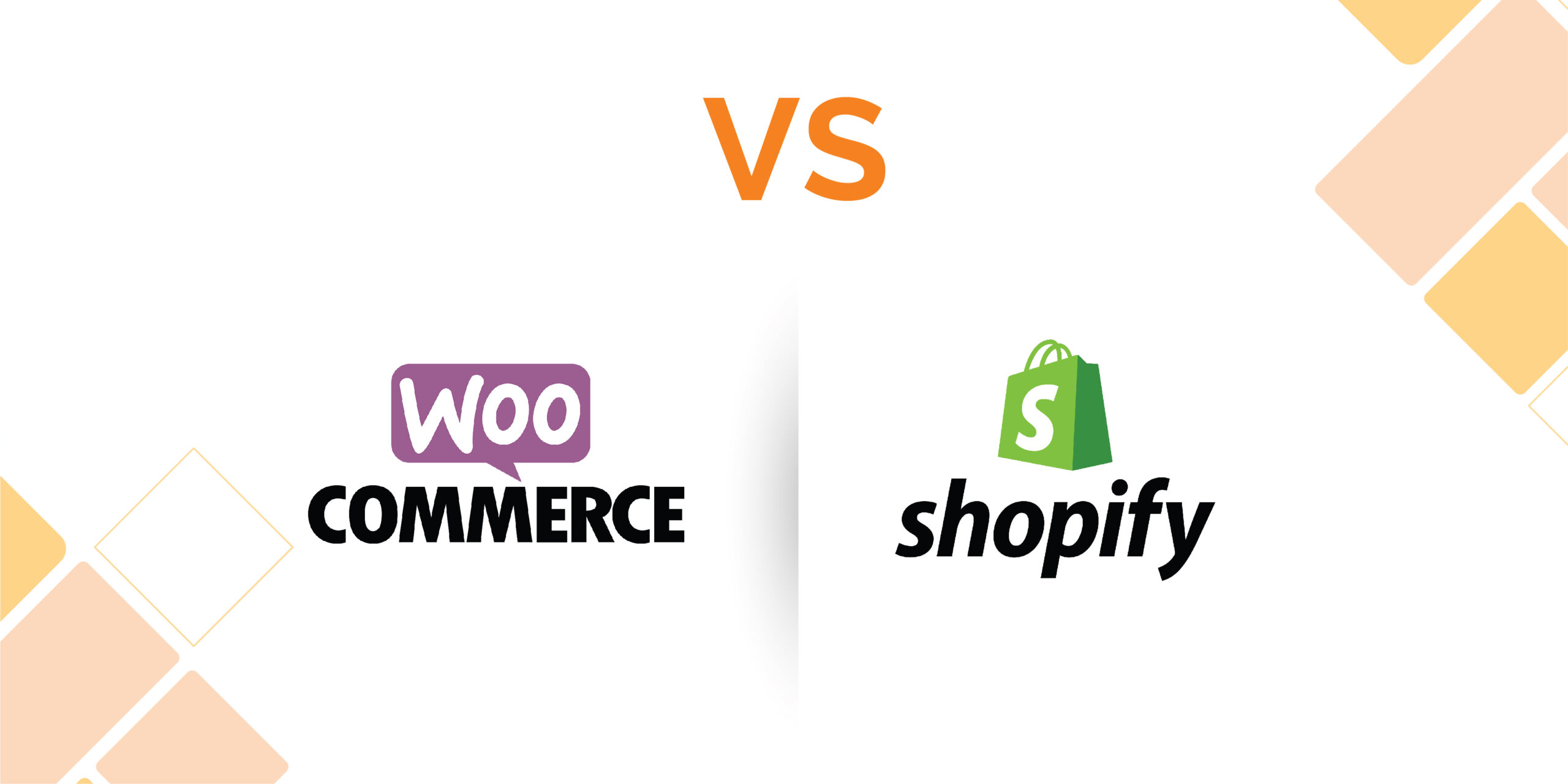
Overview of WooCommerce in the E-Commerce space.
WooCommerce, as an open-source E-Commerce platform, has significantly influenced the online retail market. It perfectly blends with WordPress, offering businesses of all sizes the tools to build and manage their online platform customized to their needs. Its acceptance across the board is due to its ease of use, vast customisation options, and ample themes and plugins, making it a go-to choice for entrepreneurs in the booming e-commerce market.
The importance of WooCommerce in staying ahead with the trends.
For online businesses, staying ahead of upcoming trends is not just worthwhile- it’s mandatory. Digital prospects continuously change and grow, driven by technological advancements, consumer preferences, and the occurrence of new markets. By holding on to the forthcoming trends, businesses can proactively adapt their strategies, ensuring they meet the changing expectations of their customers. This visionary technique can lead to innovative products and services, more engaging customer experiences, and, ultimately, a stronger position in the market. Online business is all about being forward-thinking, ready to welcome change, and quickly executing inventions that can set a company apart in an overcrowded online space.
As we enter 2024, several WooCommerce development trends and the need for more personalised online shopping experiences have emerged. In this blog, we’ll gain a profound knowledge of the top WooCommerce development trends for 2024, exploring how they’re set to reshape the e-commerce landscape.
1. Headless Commerce
Headless commerce is one of the most significant trends in WooCommerce development. This technique decouples the front-end structure of a website from the backend e-commerce functionality, providing outstanding flexibility in delivering the content to the users. In 2024, many WooCommerce online platforms will embrace headless commerce to deliver faster, more personalized shopping experiences across various devices without being constrained by traditional e-commerce platform limitations.
2. Artificial Intelligence(AI) and Machine Learning(ML)
Artificial intelligence (AI) and machine learning (ML) are becoming essential segments of WooCommerce online stores. These high-tech technologies improve customer experiences through personalized recommendations, chatbots for improved customer service, and intelligent search functionalities that understand the customer’s intent. Shortly, integrating AI and ML with WooCommerce will become more sophisticated, allowing online platforms to offer highly customized shopping experiences, foresee customer behavior, and optimize inventory management.
3. Augmented Reality (AR)
Augmented Reality (AR) in shopping helps link online shopping experiences with physical shopping experiences. WooCommerce developers increasingly integrate AR capabilities into online stores, allowing customers to visualize products in their own space, significantly enhancing buyers’ confidence and satisfaction. This trend is mainly in the home decor, fashion, and beauty industries, where customers can try the product before buying, significantly enhancing the online shopping experience and reducing the chances of returns.
4. Sustainability
Consumer demand for sustainable choices and ethical shopping practices will influence WooCommerce development trends in 2024. Online stores highlight their sustainability credentials and incorporate features that allow customers to shop according to their preferences. It means how WooCommerce stores respond to adopting green practices such as eco-friendly products & packaging, information on carbon-neutral shipping options, and features that support charitable contributions.
5. Voice E-Commerce
With the growing acceptance of smart speakers and voice assistants, voice commerce is essential for WooCommerce developers. In 2024, we’re seeing more WooCommerce stores optimise their content for voice search and integrate voice-activated shopping features, allowing customers to shop and manage their orders using simple voice commands.
6. Subscription-Based Models
The subscription economy is booming, and WooCommerce stores are tapping into this trend by offering subscription-based products and services. This model provides consistent revenue to businesses and convenience for consumers, allowing for greater customisation of subscription plans, trial periods, and other options.
7. Enhanced Security Features
As e-commerce transactions continue to rise, so does the importance of cybersecurity. Enhancing the security of WooCommerce stores is a top priority, focusing on implementing strong security measures, such as two-factor authentication and secure payment gateways, to protect against data breaches.
8. Mobile-First Design
While mobile-first design has been a trend for several years, its importance continues to grow. In 2024, WooCommerce stores will focus more on optimising mobile devices, ensuring that websites are responsive, buffer less, load quickly on mobile connections, and offer an easy checkout process optimised for smaller screens.
9. Blockchain for Payments and Security
Blockchain technology is marking its way to WooCommerce development, primarily through its application in payments and security. Furthermore, blockchain increases transparency and security in supply chains, appealing to the growing consumer demand and transparent business practices.
10. Omnichannel Presence
Finally, the trend towards omnichannel impacts WooCommerce development, with businesses striving to provide a cohesive shopping experience across multiple channels to their users. Melding WooCommerce stores with various social media platforms, marketplaces, and physical retail operations ensures customers can interact with brands consistently, regardless of any chosen channel.
In conclusion, the WooCommerce development trends for 2024 are more diverse because of the broader shifts in technologies, consumer behaviour, and societal values. The above trends are more dynamic, personalized, and secure. As we navigate through 2024, these technologies will not only enhance the user experience but also streamline backend operations, from inventory management to customer service, making e-commerce platforms more efficient and responsive to customer needs.
These top WooCommerce development trends for 2024 are roadmaps for e-commerce success. Businesses that are quick to grasp and execute these trends will not only thrive but will set new standards in the online market.




